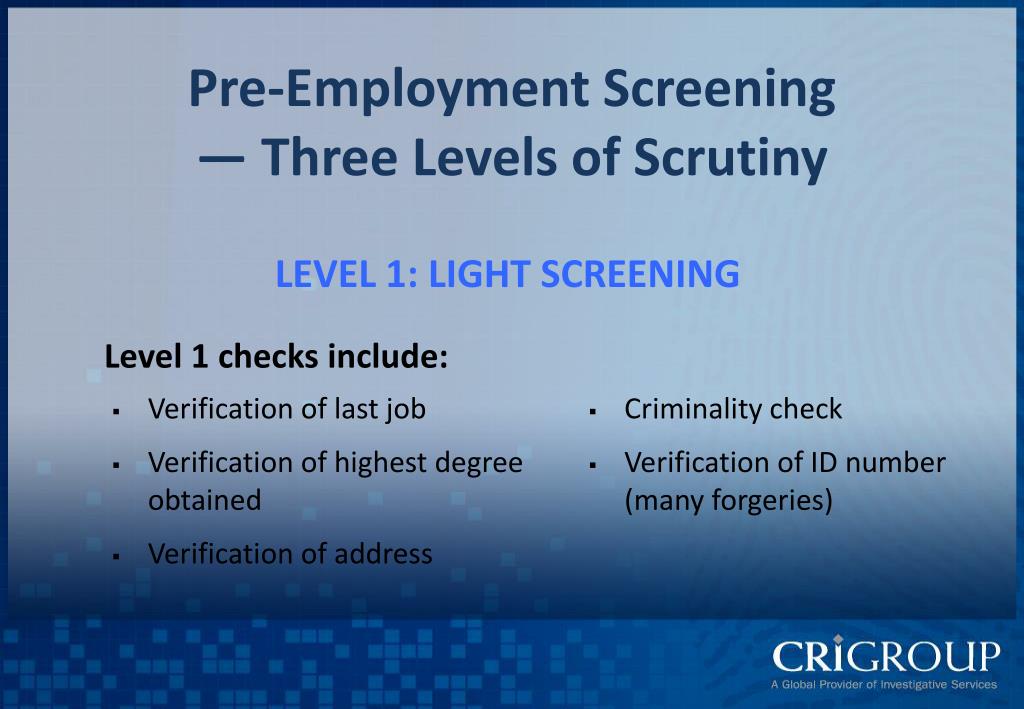


We offer some recommendations to fuel debate not only within those science groups that reacted to the L’Aquila case but also the scientific community as a whole. This absence may result from the lack of regulation of relevant practices and practitioners. We identify the critical issue of managerial risk vulnerability related to ‘standard equivocality’ which is the absence of commonly recognised standards for hazard communications to risk decision makers. This forensic approach is vital not only to identify the legal responsibilities of societal risk managers and the managerial risks that they face and their causes but also to consider possible mitigation strategies. Significant recent court cases, including L’Aquila, are framed by process of deduction within a generalised legal infrastructure in order to identify the root causes of the apparent status quo of risk governance. More ephemeral case-specific factual issues often remain contested and, accordingly, receive less attention here. Accordingly, these aspects are highly relevant to long-term risk governance. The generic characteristics of law-based regulatory regimes are identified because they can be treated as ‘constants’ which do not change, or do so only very slowly over time. With such cases, the goal of the competent observer is to advance beyond debate about contested factual details of the past (the noise of what happened) and, by process of induction, to identify wider issues of principle and precedent upon which to make reasoned improvements (the signal to guide what should happen differently in the future and why). They can serve a very helpful role by opening the black box of societal risk management so that robust and candid scrutiny of the past can lead to better management of the future. Within any legal regime, certain court cases will attract a high public profile.

For volcanic risk governance, laws not only create the duty holders, beneficiaries and the relationships between them (the stakeholders) and the duties and rights (the stakes) but also dictate the acceptable standards of safety and wellbeing (the ultimate rewards).
#3 levels of scrutiny trial#
Discourse about the L’Aquila trial in Italy has overlooked the many different roles that laws play within risk governance.


 0 kommentar(er)
0 kommentar(er)
